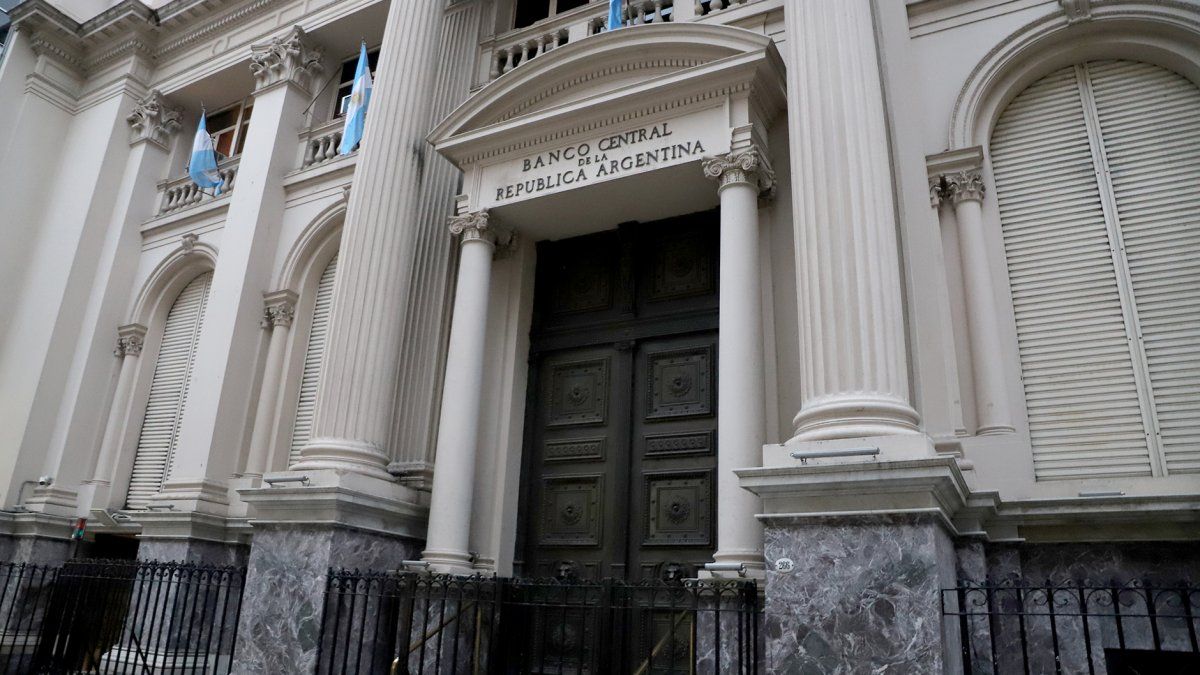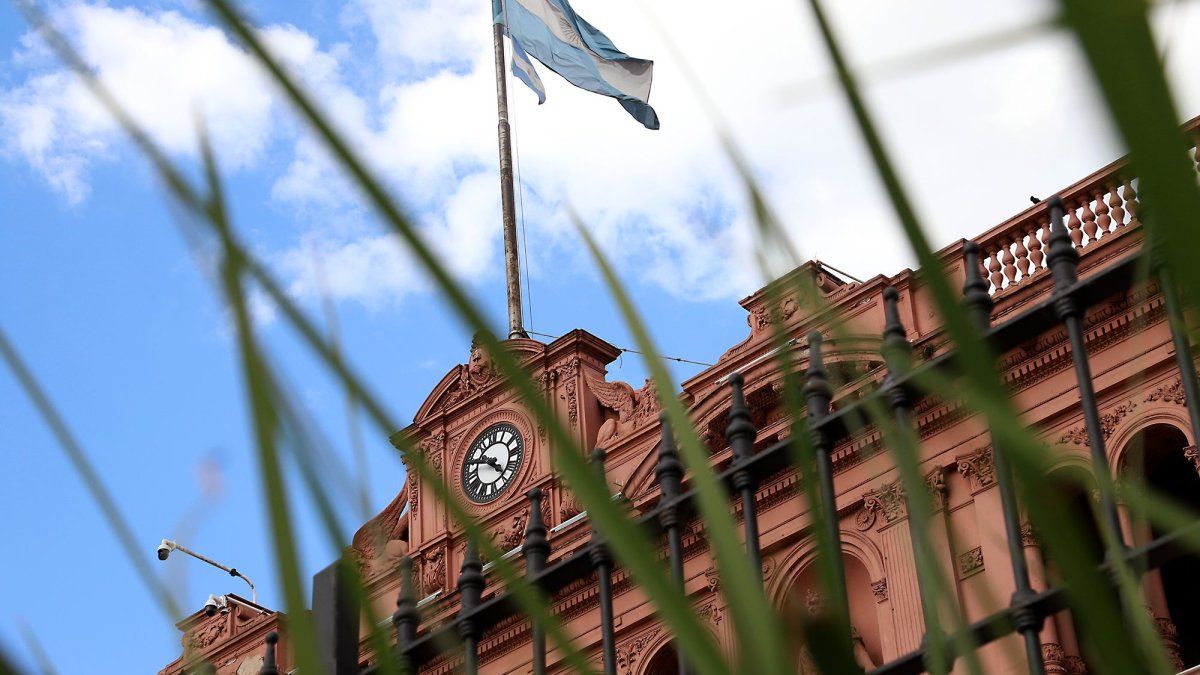He Government of Javier Milei progress in completing the boxes within the structure of the Central Bank (BCRA) with the appointment of the director of the entity as a committee Sebastian Sanchez Sarmiento to complete a term of law that will expire on September 23, 2025.
Who is the new director of the BCRA
It’s about a 53-year-old from Córdoba, with a degree from the Catholic University of Córdoba in Business Administration. She also has an MBA from the University of Rochester in the United States.
He is founder and president of Equituma company born in December 2021 dedicated to financial advice, personal loans, credit operations and negotiation of securities, shares and other securities.
He worked for 16 years as a financial advisor abroad specialized in mergers and acquisitions in Argentina and Mexico. He was also vice president of JP Morgan Chase & Co. in the United States and was an investment projects analyst at Telecom Argentina in the 1990s.
Who are the other members of the BCRA board?
Sánchez Sarmiento joins the team made up of Santiago Bausilli as director, Vladimiro Werning, Vice President and Director, Alejandro Daniel Lew, who is Second Vice President and director, Juan Curutchet, who is Superintendent of Financial and Exchange Entities and director.
He will also share the dircetorio table with Marcelo Eugenio Griffi, Agustín Pesce, Silvina Rivarola, Nicolás Marcelo Ferro and Pedro Juan Inchauspe.
The objectives of the Central Bank for 2024
He Ministry of Economy presented its economic program on December 12, focused on structural modifications to reverse “the instability and stagnation in the Argentine economy ”.
In this framework, the elimination of the fiscal deficit and its financing through the monetary issuance of the BCRA, “with the objective of achieving fiscal balance in 2024.”
According to the agency in charge of Santiago Bausili, also searched eliminate regulations, bureaucratic obstacles and correct relative prices, especially the exchange rate, “to restore external balance.” Furthermore, as indicated, it aims to clean up the Central Bank’s balance sheet by recovering international reserves and resolving its remunerated liabilities.
Source: Ambito




